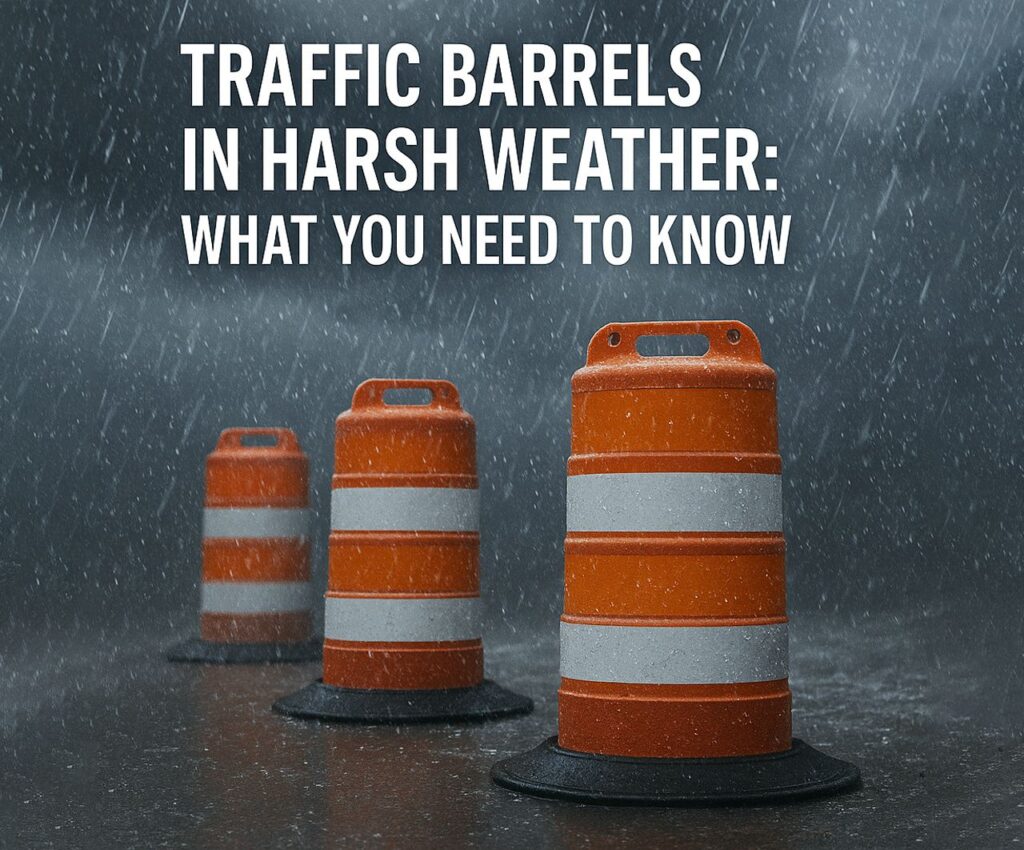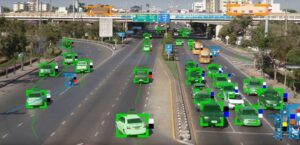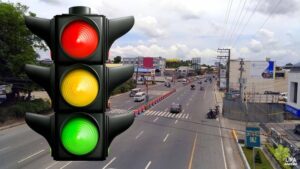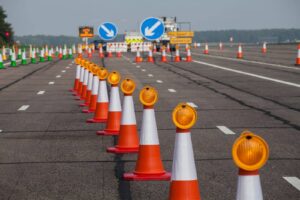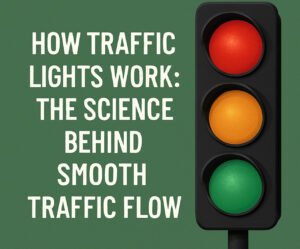If you’re in charge of road safety, site control, or emergency planning, one thing is certain—harsh weather is the ultimate test of your traffic equipment. Whether it’s snow, high winds, heavy rain, or intense heat, weather extremes can turn minor flaws into serious problems. That’s why choosing the right traffic barrel lights, investing in durable traffic safety barrels plastic, and understanding the real traffic barrel cost are critical for anyone responsible for public or worker safety.
Let’s break down everything you need to know to keep your traffic barrels standing strong, no matter what nature throws at them. Know more..
Why Traffic Barrels Are Crucial
Traffic barrels are more than just orange blobs scattered around construction zones. They’re an essential tool in protecting workers, guiding drivers, and creating clear, safe routes through chaos.
Modern traffic safety barrels plastic are designed to absorb impact, stay visible in low-light conditions, and stay upright even in extreme environments. Add the right traffic barrel lights, and they become a 24/7 warning system.
But when harsh weather enters the picture, not all barrels are built to last. Rain can make barrels slippery. Snow can bury them. High winds? They can send them tumbling into the roadway unless they’re properly weighted or designed with stability in mind.
Harsh Weather Challenges for Traffic Barrels
Before we dive into features and solutions, let’s look at how different weather types challenge your setup.
1. Rain and Flooding
- Water reduces traction—barrels can slide.
- Reflective surfaces get covered with mud or grime.
- Low visibility makes traffic barrel lights even more critical.
2. High Winds
- Lightweight barrels tip over.
- Poorly secured lights detach or break.
- Barrels become road hazards if blown into lanes.
3. Snow and Ice
- Barrels get buried or obstructed.
- Frozen plastic can crack on impact.
- Visibility decreases, increasing the importance of traffic barrel lights.
4. Extreme Heat
- UV rays degrade plastic over time.
- Softened barrels lose their shape or color.
- Poor-quality lights may melt or fail.
The Power of Proper Lighting: Why Barrel Lights Matter
When it comes to visibility in harsh conditions, traffic barrel lights are non-negotiable.
Here’s what to look for:
- LED over incandescent: LED lights last longer and are more resistant to temperature swings.
- Flashing patterns: Help alert drivers and guide them through detours or lane shifts.
- Solar-powered options: Ideal for remote areas or extended projects.
- Battery life: Look for lights that can last through multi-day storms or extended winter nights.
Choosing the right traffic barrel lights helps maintain safety and compliance, even when visibility is near zero.
Barrel Construction: Why Material Matters
Let’s talk plastic. Not all traffic safety barrels plastic are created equal.
Here’s what makes a barrel weather-resistant:
- High-density polyethylene (HDPE): Known for strength, flexibility, and resistance to impact.
- UV inhibitors: Protect the barrel from fading or cracking in the sun.
- Reflective sheeting: Keeps barrels visible at night or during storms.
- Stackable, collapsible designs: Help with storage and prevent wind blow-over.
Pro tip: If you’re buying in bulk, make sure to ask what grade of plastic is being used. Cheap barrels may cost less upfront but fail faster—driving up the traffic barrel cost over time.
Weighted vs. Unweighted Barrels in Windy Conditions
Strong winds are among the worst enemies of traffic barrels. Here’s how to secure your setup:
- Weighted bases: These can be built-in or added manually. Sand-filled bases are popular for temporary installations.
- Low-profile barrels: Taller barrels are more prone to tipping. In especially windy areas, consider shorter, wider designs.
- Anchor systems: For long-term or high-risk zones, some barrels can be bolted down.
While adding weight increases traffic barrel cost, it’s often a smarter investment than dealing with blown-over barrels, legal liability, or accidents.
The Hidden Cost of Cutting Corners
It might be tempting to shop for the lowest traffic barrel cost, especially if you’re outfitting a large site. But here’s why that’s a mistake:
- Cheaper barrels fade faster under the sun.
- Thin plastic cracks when frozen or hit.
- Low-quality lights fail in rain, ice, or snow.
- Improper reflectivity leads to non-compliance with DOT standards.
Paying a bit more upfront for high-quality traffic safety barrels plastic and long-lasting traffic barrel lights saves money and headaches in the long run.
Choosing the Right Barrel for Your Environment
Here’s a quick guide to choosing barrels based on weather conditions:
| Climate | Recommended Features |
| Snow/Ice | HDPE material, reflective sheeting, flashing traffic barrel lights, weighted base |
| Rainy | Waterproof LEDs, anti-skid bases, drainable bases |
| Windy | Low-profile, sand-weighted barrels, heavy-duty lights |
| Hot/Sunny | UV-resistant barrels, solar-powered lights |
Your supplier should be able to help match the product to the climate. If they can’t, that’s a red flag—especially when you’re factoring in traffic barrel cost.
Tips for Long-Term Barrel Performance
To get the most out of your investment, follow these simple practices:
- Inspect regularly: Especially after storms or high winds.
- Replace worn reflectors: Visibility is everything.
- Store properly: Keep barrels out of direct sun when not in use.
- Rotate inventory: Don’t use the same barrels in the same spots year-round.
- Test your lights: Don’t wait for a storm to find out a bulb is dead.
Maintenance isn’t just about performance—it helps extend life and manage your total traffic barrel cost over time.
Compliance and Regulations: Stay Ahead of the Curve
It’s not just about safety—it’s about legality. Many states and cities have their own regulations on traffic control devices, especially in severe weather.
Always ensure your traffic safety barrels plastic meet:
- MUTCD standards (Manual on Uniform Traffic Control Devices)
- State DOT visibility and reflectivity guidelines
- Emergency vehicle access rules
- Night-use lighting requirements (hello, traffic barrel lights)
Violating these rules can result in fines, lawsuits, or worse—injuries.
Real Talk: What’s the Average Traffic Barrel Cost?
Let’s talk numbers. The traffic barrel cost varies based on features, size, and lighting.
- Basic plastic barrel: $40–$70
- With weighted base: $80–$110
- With lights included: $100–$150+
- Bulk pricing: May drop prices by 10–25%
Yes, those traffic barrel lights drive the price up, but in most cases, they’re required and 100% worth it for nighttime and harsh weather use.
Conclusion: Invest in the Right Tools for the Right Conditions
Whether you’re managing a long-term construction project, preparing for a winter road repair, or running a high-traffic zone year-round, the right setup makes all the difference.
Choosing high-quality traffic safety barrels plastic, investing in durable and bright traffic barrel lights, and understanding the true traffic barrel cost will help you build safer, more weather-resilient traffic control systems.
Don’t wait for the next storm to find out your barrels aren’t up to the task.

